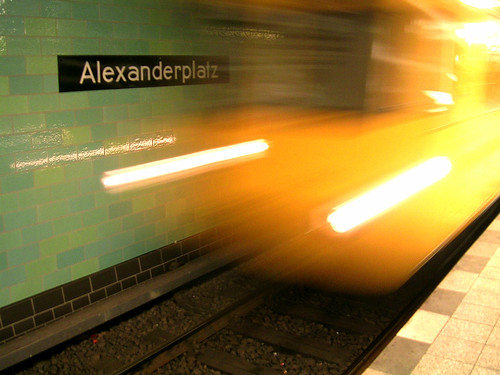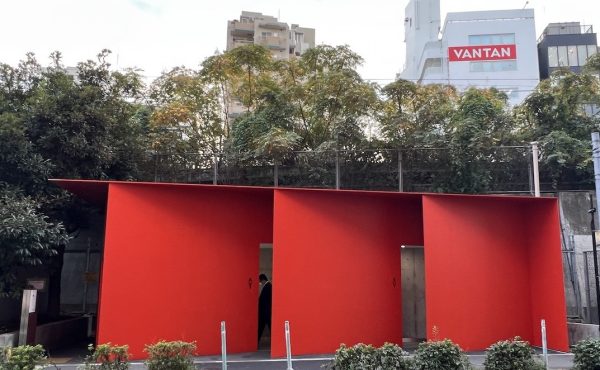
The Twitterverse recently led me to an interesting blog post that pointed out how, in the Bourne movies, the Jason Bourne character “uses public infrastructure as a superpower.”
A battered watch and an accurate U-Bahn time-table are all he needs for a perfectly-timed, death-defying evasion of the authorities. … Bourne wraps cities, autobahns, ferries and train terminuses around him as the ultimate body-armour.
The writer contrasts this with a character like James Bond who is backed by plentiful resources and so uses powerful, private high-tech gadgets to pursue his ends.
It makes sense — Bourne is a man with almost no resources, and public infrastructure is built to give those who have few resources a range of potential activity comparable to those whose resources are plentiful.
I got to this post from another, very interesting post on BLDGBLOG that talks about how the Israeli army, in its conflicts with Palestinians in the West Bank/Gaza Strip, bypassed exposed public space and made its way through buildings, blasting holes in separating walls and re-structuring architecture to suit its needs. The post is inspired by an essay by Israeli architect Eyal Weizman, who describes how:
soldiers used none of the streets, roads, alleys, or courtyards that constitute the syntax of the city, and none of the external doors, internal stairwells, and windows that constitute the order of buildings, but rather moved horizontally through party walls, and vertically through holes blasted in ceilings and floors.
The author talks about how this echoes the way architecture is used and re-shaped for the purposes of violence in the action movie Die Hard, which he describes as “one of the best architectural films of the past 25 years” — an idea I had never thought of, but that rang true as soon as I read it, since the commercial skyscraper in which it is set is essentially one of the main characters, its nature as a building explored in many different ways.
photo by Lars Omat




6 comments
Re: Toronto etiquette
It’s frustrating to walk on a crowded sidewalk where most people are considerately keeping to the right but a few are walking on the left.
This should be more than etiquette or convention. Walking on the right should be the LAW!
There!
I understand the method of moving through walls from building to building instead of moving through the street was pioneered by Canadian troops during World War II.
Interesting post. Erin Manning (an avant garde theorist in Montreal) often tells this story about the Israeli army using the philosophy of Deleuze’s rhizome – commanders would command “deterritorialize!” and troops would go from A to B through buildings, rather than follow the ‘tree’ grid of the street.
http://www.erinmovement.com/erin_manning.html
http://en.wikipedia.org/wiki/Deterritorialization
Great post!
@Darwin – That’s the first I hear of it. Where would Canadians even use that tactic? The infrastructure in Europe duing World War II didn’t exactly need anyone to blow holes into it. As far as I know, that tactic is courtesy of the First Earth Batallion Field Manual.
The Battle of Ortona (in Italy) was where this tactic was developed by the Canadians in close building to building fighting.
http://en.wikipedia.org/wiki/Battle_of_Ortona